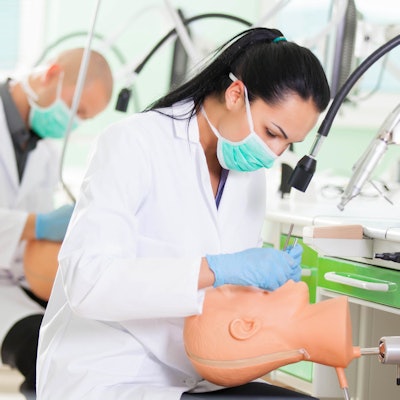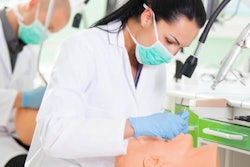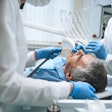
A guest editorial published June 14 in the Journal of the American Dental Association called for the transformation of dental education to meet the goals outlined in "Oral Health in America: Advances and Challenges," the landmark sequel to the U.S. surgeon general's report on oral health.
The report, published in December 2021 by the U.S. National Institutes of Health's National Institute of Dental and Craniofacial Research (NIDCR), reiterated inequities that exist and emphasized oral healthcare access and delivery. Although there has been progress in some arenas since the original surgeon general's report on oral health in 2000, oral health inequities remain staggering, noted editorial authors, Drs. R. Bruce Donoff and Lisa Simon of Harvard University.
The NIDCR report and a publication from the World Health Organization have highlighted the importance of collaboration between medicine and dentistry to better meet people's oral healthcare needs. To best accomplish this, wrote the authors, "dental education also must transform, with a goal of producing future generations of dentists committed to structural change, interdisciplinary collaboration, and health equity."
"Oral Health in America: Advances and Challenges" calls for more integration with medical education. To accommodate new generations and increase the accessibility to dental education, the authors state that dental education must change.
If change doesn't happen, dental education will continue to fail millions of Americans who still struggle to find dental care, according to Donoff and Simon. The authors called on dental educators and policymakers to center changes on three key advances.
1. Focus on competencies not technical skills.
First, dental educators must shift their focus from technical skills to addressing scientific, social, and structural competencies within healthcare. Donoff and Simon argue that an overemphasis on technical skills produces dentists who become technical experts on mechanical aspects of dentistry rather than healthcare leaders. It is crucial that education in dental humanities, structural competency, and health policy be taught with the same level of rigor as science and technical education.
2. Dental education must align with other disciplines in healthcare education.
Second, dental education must align with other disciplines in healthcare education. As the U.S. population ages, dentists are increasingly treating patients with multiple chronic conditions. The authors urge dental schools to collaborate with community and university resources to provide dental students with at least one rotation or experience in relevant areas of medicine. These experiences will also expose healthcare professionals to the critical role dentists play in advancing health.
3. Prepare for inclusive, innovative dentistry.
Third, dental education should prepare future dentists for inclusive and innovative forms of dentistry. More recent dental graduates are pursuing careers with greater flexibility. The owner-dentist model of practice is no longer the default career path for graduates.
The number of Black, Latinx, and Native American dentists continues to lag representative numbers of the population. Emphasizing the wide diversity of dental practice settings and community needs can aid in giving voices to those who have been historically underrepresented in dentistry and diversifying leadership.
"We need more than words or technical change to achieve transformation, even if we lose some members from our profession," wrote the authors, "We must embrace disruptive innovation and catalytic mechanisms for change."



















